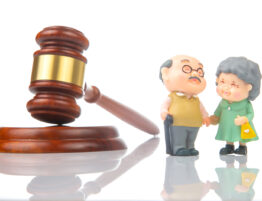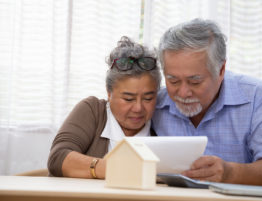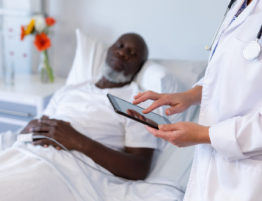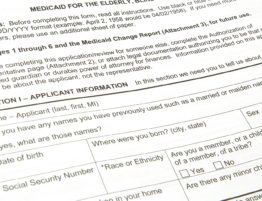
If medical personnel are able to access your medical history during an emergency, it could mean the difference between life and death. But if, for example, you are injured, in shock, suffering from dementia, or are otherwise incapacitated, you may not be able to provide that information yourself.
There are several systems readily available to help make crucial contact and medical history information available to first responders. Consider taking the time to update your details with the following free tools:
- On Your Smartphone: Even when your smartphone is locked, you have options for inputting your emergency contacts as well as other vital information that could help save your life.
- Medical ID for iPhones. If you are an iPhone user, take advantage of the preinstalled Health app to input details about your medical needs so that first responders will have the information they need in an emergency. To do this, open the Health app, choose Review Medical ID, and enter your information.
You can include not only your designated emergency contacts, but also such details as your birthdate, any medical conditions or allergies, your blood type, and your organ donor status. You can then choose to make your Medical ID available on your iPhone’s lock screen for first responders.
In addition, there is an option to share your Medical ID information automatically with a dispatcher, should you ever need to make an emergency call. - Emergency Information on Androids devices. Depending on your device, you may be able to find “Emergency Information” or “My Info” in your Settings, where you can enter your medical details and emergency contacts. Be sure to add anyone you wish to designate as an emergency contact into your Contacts app as well.
In your Android Settings, you can also add your emergency contact information to your lock screen as a custom message. - In Case of Emergency (ICE) Contact. This program, which was originally established in 2004, encouraged people to list in their cell phone their “in case of emergency” contacts under the heading “ICE,” allowing paramedics or other medical personnel to know whom to contact in the event of an emergency. Today, there is also a free ICE app for smartphones, which allows you to send an instant message, including your GPS location, directly to your ICE contacts with the tap of a button if you are in an emergency situation. Learn more about ICE.
- Medical ID for iPhones. If you are an iPhone user, take advantage of the preinstalled Health app to input details about your medical needs so that first responders will have the information they need in an emergency. To do this, open the Health app, choose Review Medical ID, and enter your information.
- The National Next of Kin Registry (NOKR). The NOKR is a free service that allows you to register yourself and your next of kin in the event of such situations as daily emergencies or natural disasters. The information you enter is not available to the public, but it is available to emergency service agencies registered with the NOKR. If you are in an accident, emergency services personnel would be able to search the website to find your next of kin and notify them about your condition. The NOKR stores emergency contact information for those across the U.S. as well as 87 other countries. You can register online, through U.S. mail, or via fax. Learn more about registering for the NOKR.
To get the most out of an emergency contact, you should make sure the person you choose as your emergency contact has agreed to act in this capacity, knows about any allergies or other factors that could affect your treatment, and knows whom to contact on your behalf.
Contact Duckett Law for help getting your Emergency Contact set up. Click here to schedule a consultation.








